To me, it's not about what gear you have, but instead your ears, your mind, and how you use them I tend to focus more on principles than on a specific "hey twist this knob this way to fix that thing problem you're hearing.Here are two principles that you can apply to your recordings today.... the Frequency spectrum and striking a balance.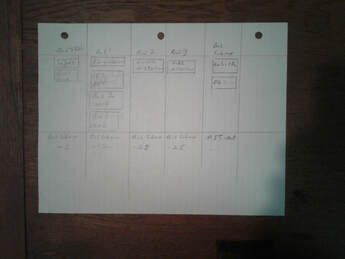 this is one of the early stages of mixing anything with more than a single track. Imagine that graph from 20 Hz to 20kHz which instruments fit into which areas? hint. these questions can be answered with the help of an equalizer.
Sonic density and energyThis part usually becomes more of a concern towards the end of a mix. after everything is in balance. Imagine that bass guitar that is covering your kick drum. is there a way to make them not interfere down in the deep low end? Why do my vocals sound so Thin and tinny while my guitars sound big and full? yes. it is a question about frequency, density and energy. Each track has its place along the frequency spectrum, sometimes there is overlap. the bottom end of your guitars overlapping with your vocal, the bass with the kick drum, guitars recorded using half-a-dozen tracks while the vocals used only an SM57 (microphone for all you total newbies reading this) Now, there are two options as far as density is concerned, More or Less? that's it. Remember we're talking principles here, not gear. lets look at some STemsLets say you're recording some folk rock with a punk-rock influence... you've got some Guitar Bass and Drums Are present but not overpowering but it has that dirty-rock feel of distortion and quite a lot going on sonically. GuitarsGuitars - these are the focal instrument of the song. notice the amount in power in the higher frequencies... That's where the distortion is living. bassBass - This bassline has quite a bit of 'density' compared to a lot of the other tracks but note how there is really nothing going on up in the higher frequencies (above 5kHz) It was purposefully removed, nothing useful up there. Vocals
keys
DrumsDrums - a real drum-kit will be noticeable across the entire frequency spectrum. These tracks were recorded and mixed to cut through where they needed to in order to sound clear and balanced. common areas of conflict in drums are
with a quick sunday check-in from gene media studiosTopics include
attempting this madness. Streaming Some songwriting/recording Live via Facebook (that's right, in the den of evil)
if you missed it, it will be uploaded on youtube . . .
setup and preparation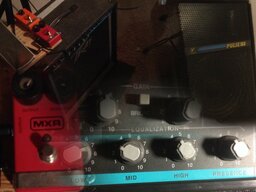
I set out to capture a specific bass-guitar tone. The goal was to create a preset that could be recalled at the touch of a few buttons.
so I grabbed a bunch of mics and sampled the sound of the room (see the impulse response post) after that, I quickly mapped out how the signal flow might look. 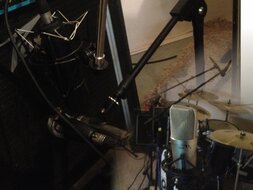
After that, i began modelling the room. grab a handful of mics, set them up, untangle tangle the cables, load the session template set gain staging, and capture the sound... I chose to use a bunch of different variations, all placed at cone-centre on the amplifier (being unsure which one would be ideal), with a single omni-directional at listener positron, and sort them out later.

the mic set-up spreadsheet in case I need to remember it later...
Testing and fine-tuning
Now that the impulse has been recorded, It's new session for testing. I grabbed the song (currently in its very early stages) tuned the bass, and warmed up a bit. Recorded it, and started to sculpt the tone.
the whole process took a couple hours to set up, but now, after saving the whole thing, The sound can be recalled in seconds. as it turns out, some adjustments had to be made. an overdrive and a Metal distortion had 'the sound' after some serious EQ on the distortion bus tracks. 
A spectral analysis of the bass (and guitar from a practice session)
yep, its a deep warm sound, with a some nice punchy tone. 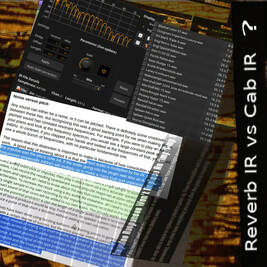 To me the idea of taking an audio sample and using it to add space and character to a mix is a very cool concept. Obviously, I've used reverb and amp simulation plug-ins, there are a so many to choose from, but how do they work? I believe it might be possible to create impulse responses for reverb, cabinet modelling, and maybe even amp-modelling, so I'm setting off in search of answers... heres what i knowI know that an impulse response is an audio clip that, when loaded through certain plugins in a process called "convolution" (yes really) are able to simulate either a room or a speaker. It starts to get 'convoluted' here though, because when you capture your Impulse, you also capture the properties of each other thing you use to capture the sound. like the microphones you chose, their placement. your pre-amps and any other things that might colour your sound along your signal chain. I'm not too concerned about this part yet, first I have to figure out how to do it. and what i don't know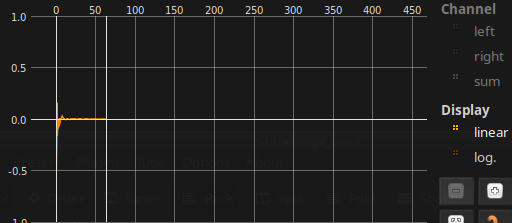 So far i have more questions than answers, What kind of impulse do i send to the room or amp/cab? how long or short of pulse? a 30 second sine sweep? pink noise? Musical tones? Natural sounds? Is it possible to model the sound of the amp? how is the process different than taking the sound of the room or the cabinet? My guess is that 'it depends' and I'm not sure on what, so it's time to do some more digging.  As it turns out there are two methods to create impulse responses. the sine-sweep method is more accurate, but requires special tools to process the signal (a sine sweep) into an impulse. this is a technique I've yet to try for myself. The Dirac pulse method, which is the one i chose to use. It's far less accurate but saves the extra step of having to convert the sweep into an impulse. Instead, routing the impulse directly through the source we want to emulate. In the video below it was a very nice fender twin positioned in a way that was sounding very nice! check out the video below to watch my first attempt at IR sampling i don't **** know but lets make somelink below to download the test filesalso check out the videoand the glorious days of D.I.y.
|
Gene Media ProductionsCody Gene: Record Producer Music Methodology & Creative Lifestyle
#
All
Archives
April 2024
|
Categories
|
AboutGene Media Creative Studio is the Production Facility of Indie-Rock producer and songwriter Cody Gene.
|

Gene Media Creative Studio is located in British Columbia, Canada and creative Cody's creative space. here he explores ideas, creative vision, and technical aspects of independent music production + artist development.
|
Contact |

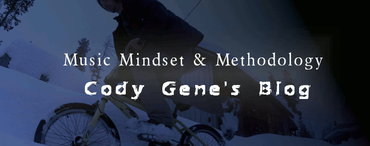
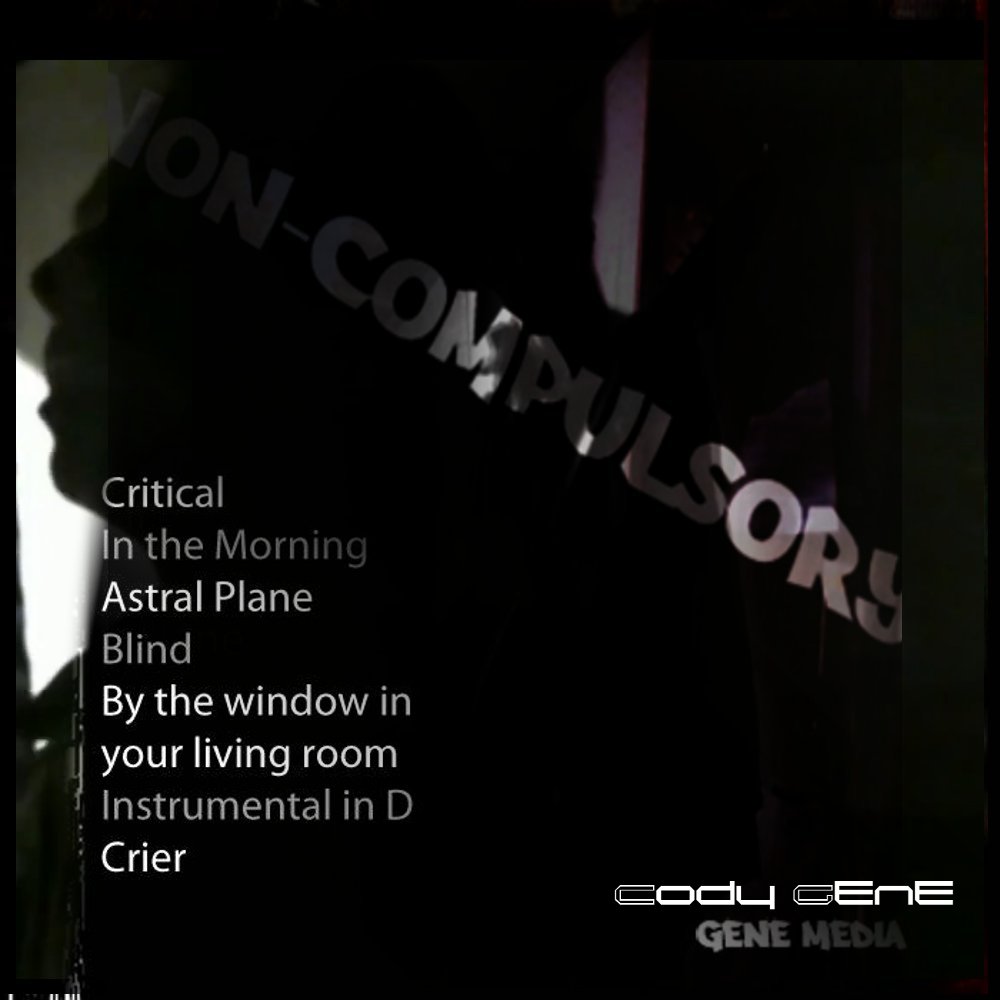





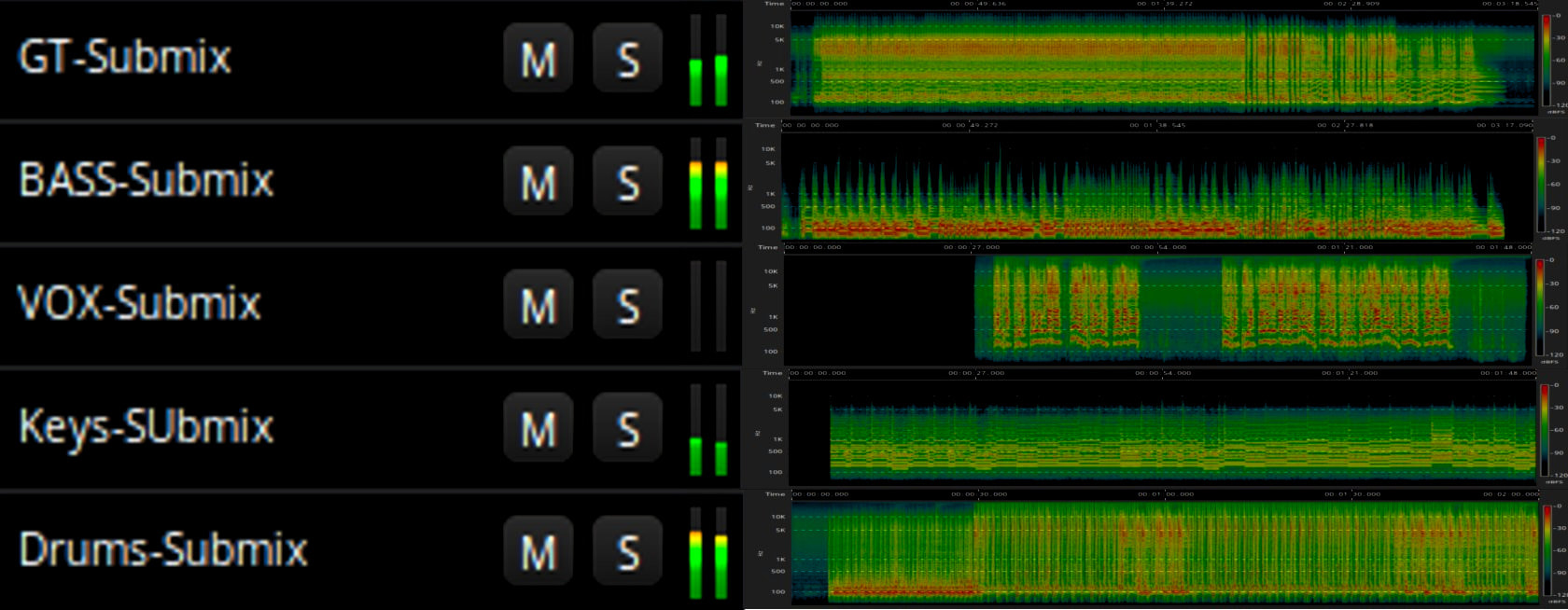

 RSS Feed
RSS Feed